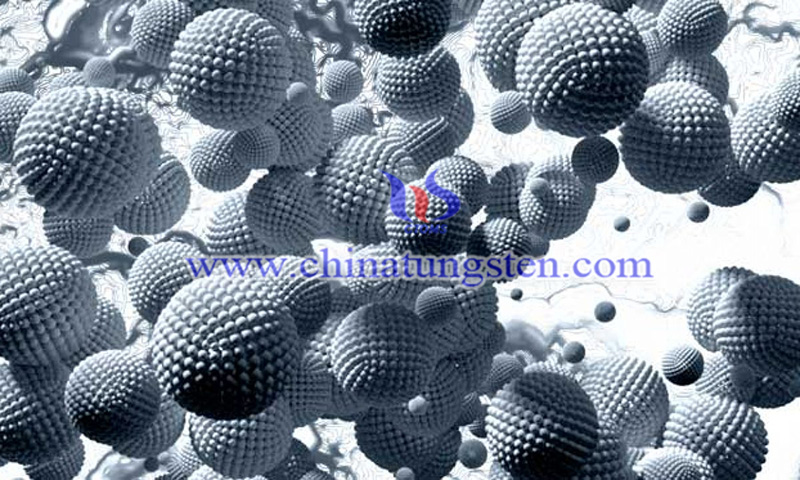Metal-Doped and Hybrid Tungsten Oxide Nanoparticles for Anticancer
- Details
- Category: Tungsten's News
- Published on Friday, 11 March 2022 23:00
Tungsten oxide (WOx) holds great potential for a wide range of biomedical and chemical applications. In a review, Anirudh Sharma from Shoolini University, India, focuses on research advances in doped tungsten oxide nanoparticles (NPs), particularly for applications in antibacterial and anticancer therapeutics, bioimaging, and biosensing.
Nanotechnology is one of the most promising areas of scientific research and has received a lot of attention from researchers in the last two decades. Because of their unique size dependence, nanotechnology refers to the use of nano-sized (1-100 nm) particles in different areas around us.

However, nanoparticles cannot be considered as a family that includes various types with different chemical and physical properties, such as carbon nanotubes, fullerenes (C60, C70), quantum dots, polymer NPs, magnetic NPs, micelles, and metal oxide NPs (WOx, ZnO2, TiO2, CeO2).
Among the different types of NPs, metal oxide NPs have been widely used in recent years for wastewater treatment, biosensing, gas sensing, catalysis, energy storage materials, automotive catalytic converters, and biomedicine.
Tungsten trioxide (WO3) is the most commonly used n-type semiconductor for gas sensing. WO3 exhibits suitable absorption of visible light and some physicochemical properties such as photochromic, electrochromic, gaschromic, near-infrared (NIR) light absorption and its conversion to thermal energy.
WO3 has gained the attention of scientists for its strong corrosion resistance, good electrical conductivity, and excellent NIR photo-thermal conversion capability. The small size, environmental friendliness, and low price of tungsten oxides make them potential candidates for various electrochemical and biomedical applications such as temperature sensors, photovoltaic electrodes, visible photocatalysts, biosensors, photonic

Well-known aqueous phase synthesis techniques, i.e. hydrothermal and precipitation methods. It has been noticed that the doping/coupling of metallic tungsten and its oxides with other semiconductor materials considerably alters their important physical and chemical properties, which are responsible for improved therapeutic, bioimaging, and sensing properties.
Although a great deal of research has been done in the fields of anticancer and antibacterial therapeutics and sense, there are still some areas that need to be addressed, as follows.
Most WOx nanoparticles in metals are prepared by precipitation and hydrothermal/solvothermal methods due to their easy mass production, but these techniques use toxic organic solvents and produce toxic by-products. Therefore, the use of non-toxic biomaterials and eco-friendly reaction conditions needs to be further explored.
To date, no suitable in vivo models have been used to fully elucidate the antibacterial activity of metal-doped as well as hybrid tungsten oxide nanoparticles. Therefore, appropriate in vivo experiments are needed.
Not many studies have been done to examine the effects of metals doped with WOx NPs against drug-resistant strains and other pathogens. Therefore, there is a need to study the potential of metals doped with WOx NPs against drug-resistant strains and other pathogens.
Some serious health problems may also be caused by nanoparticles in humans, including toxicity to the liver, kidneys, neurons, lungs, and reproductive system through dermal, oral, inhalation, intravenous, or intraperitoneal exposure. Therefore, there is a need for risk assessment of metal-doped/hybrid WOx NPs through appropriate clinical trials to explore their clinical applications.
- Tungsten Manufacturer & Supplier, Chinatungsten Online: www.chinatungsten.com
- Tungsten News & Prices of China Tungsten Industry Association: www.ctia.com.cn
- Molybdenum News & Price: news.molybdenum.com.cn
- Tel.: 86 592 5129696; Fax: 86 592 5129797; Email: sales@chinatungsten.com



 sales@chinatungsten.com
sales@chinatungsten.com